The Research
A group of researchers from New Zealand embarked on a mission to figure out once and for all whether the famous Loch Ness Monster ever actually existed.
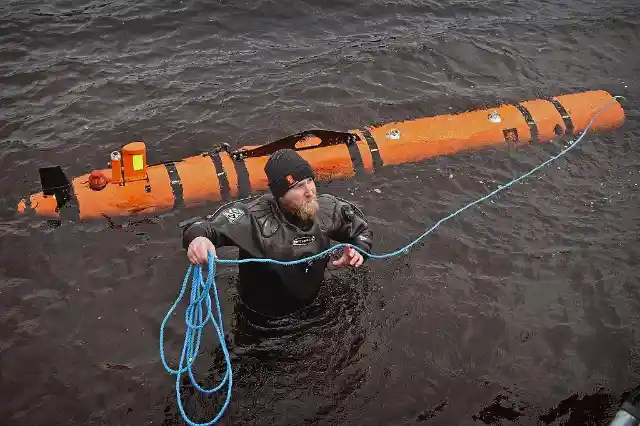
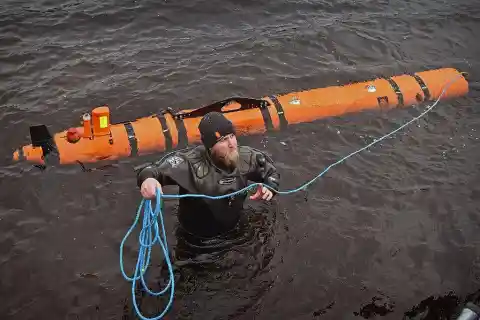
They spent two weeks studying the waters of the Scottish area and found some pretty interesting information. But how did the whole story begin?
How It All Began
The first official story about the famous monster was published in a newspaper in 1933, after an anonymous man claimed he saw a whale-like creature thrashing in the water.
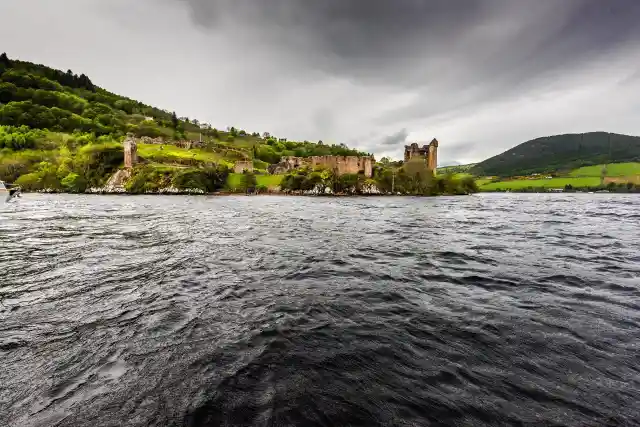
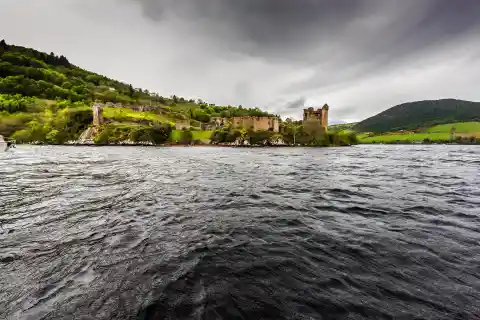
The article specifically described the creature as a monster, and the story spread like wildfire. However, there was no proof about it whatsoever.
Tourism
The story has drawn thousands of tourists each year who try to catch a glimpse of the mysterious creature. This started right after that article was published almost 100 years ago, but still there hasn't been any conclusive proof about it.


Still, many tourists who visited the loch have claimed to have spotted Nessie.
Earlier Sightings
Although that article was published in 1933, records have shown that people witnessed strange activities in the area as early as in 1870. The murky waters have always been mysterious and there's always been claims.

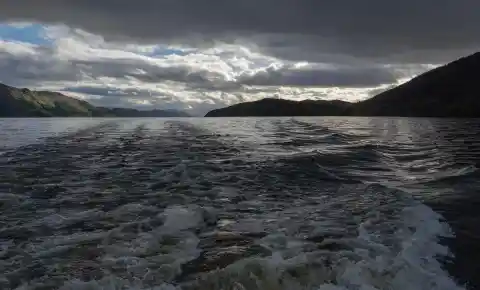
Other people who claimed to have seen Nessie are the Mackenzies, a couple that visited the loch in the 1920s.
Other Stories
Another couple who spotted the creature were Aldie and John Mackay. The two were driving along the water when they saw a huge creature rolling underwater.
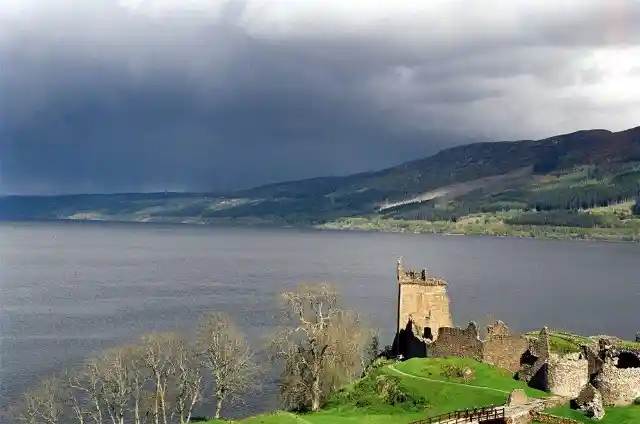

According to them, its body looked like a whale, but they couldn't see its face. It was behaving strangely, just rolling, plunging and shaking the waters.
Similar Details
This account coincided with the 1933 article that stated:


> " “The creature disported itself, rolling and plunging for fully a minute, its body resembling that of a whale, and the water cascading and churning like a simmering cauldron.
Witnesses Keep Coming
Just months after that, a man named George Spicer said he was cruising in the water when he saw the most horrific creature he had ever seen.
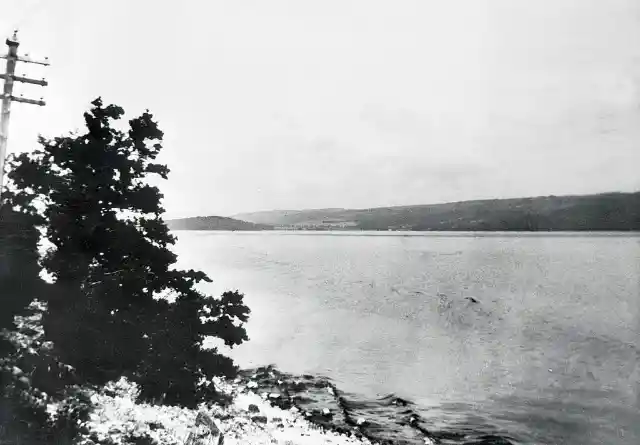
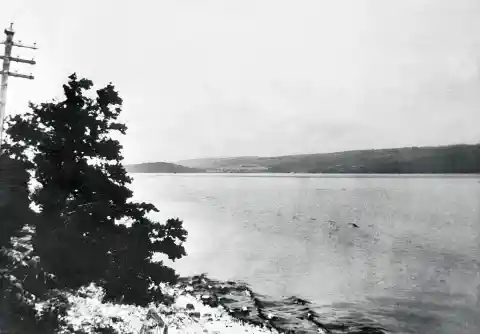
The "animal" was huge, and it had a dead animal in its mouth. But according to Spicer, this monster did not look like a whale at all, contrary to previous reports.
A Different Description
Spicer claimed that the monster had a long neck, kind of like a giraffe, with a high back and webbed feet. To him, it looked more like a dragon than anything.
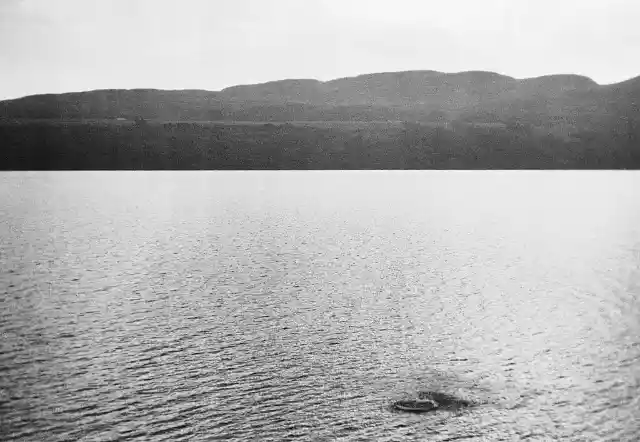
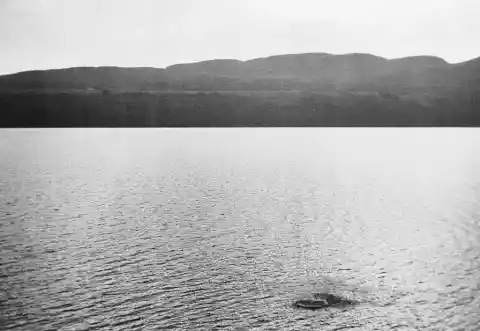
This new description changed the image of the monster in pop culture, which is how it is portrayed today in movies and TV.
The First Picture
A year after the famous article was published, a man named Hugh Gray claimed to have caught Nessie on camera. They didn't have the best technology back then, so the black-and-white picture is as blurry and confusing as it could ever be.
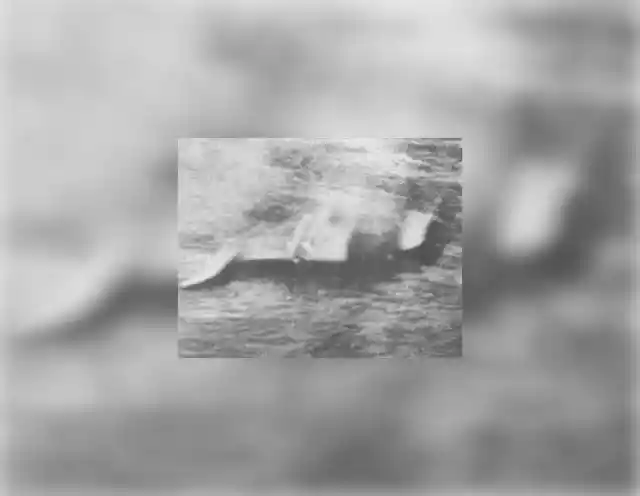
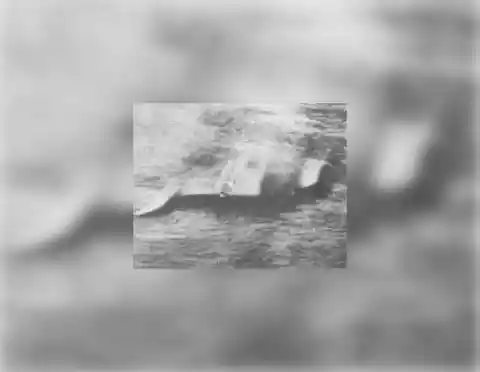
Opinions were divided, and some people supported this man while others claimed he was lying for attention.
More Pictures Surface
Soon after Hugh Gray's picture, another man, who chose to remain anonymous, released a picture that allegedly depicted the monster. People knew that this anonymous man was a doctor, so the picture was known as the "surgeon's picture".

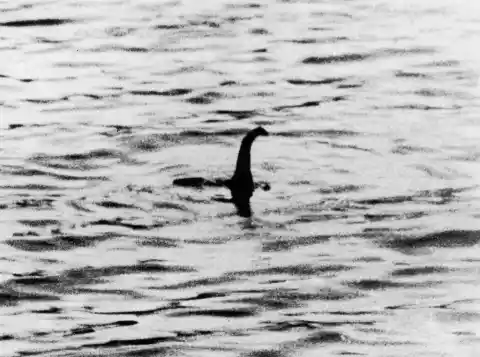
The photo became famous because it showed the monster as this dragon-like creature people talked about.
Strong Evidence
People at the time believed the surgeon's picture was strong evidence of the monster's existence. Not many people questioned it because it looked so real, and for decades, it was used as real proof.
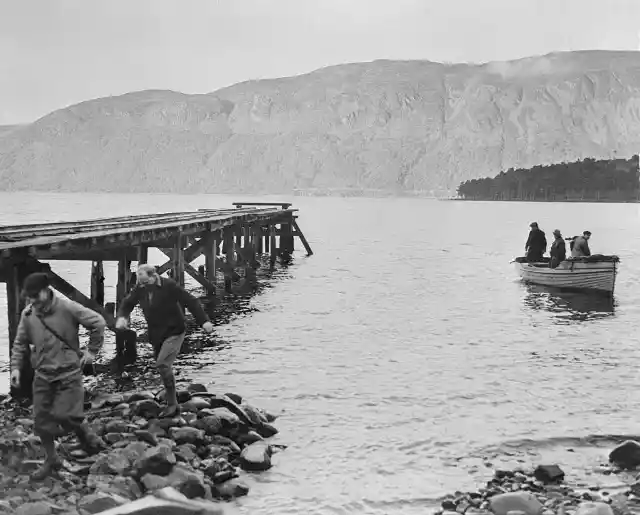

Sixty years after the picture hit the news, however, something was revealed that changed the story.
Not Real
The famous surgeon's picture was revealed to be fake. The photo was analyzed by professionals, who concluded that the photo had been staged.


Apparently, the "surgeon" modeled an object to look like the monster and used perspective to make it look bigger than it actually was. This discovery, however, did not stop people from investigating more about the monster.
Expeditions
As the stories about the monster became more prevalent, many people set out to actually investigate the claims.
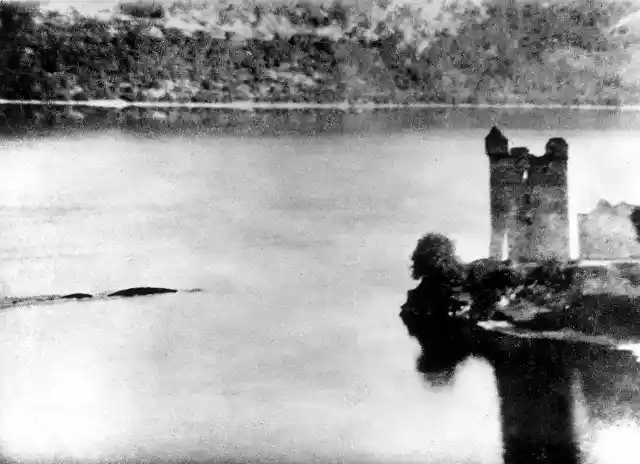
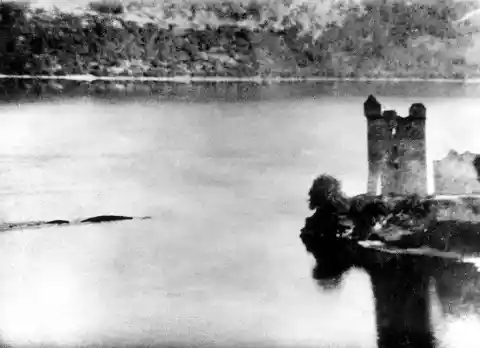
The first expedition was done right at the beginning of everything in 1933, by a group of 20 people who investigated the lake for five weeks. They found many species of animals, but no monster.
Reasonable Explanations
Many people found reasonable explanations for these sightings. The most popular theory is that witnesses actually saw something, but it was no monster.
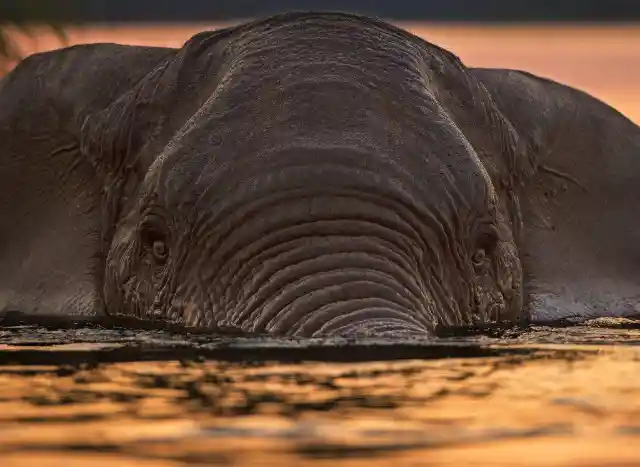
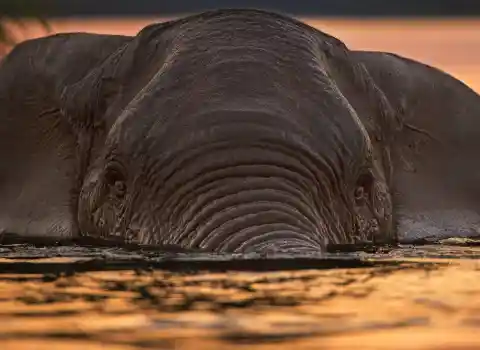
There are many seals that swim those waters, and the "monster" could have easily been a seal or some other real creature. Others claimed that it was an elephant that somehow got in there.
The Elphant Theory
The theory that what people saw was an elephant started when records showing that a traveling circus had been stationed near Loch Ness in 1933 were found.
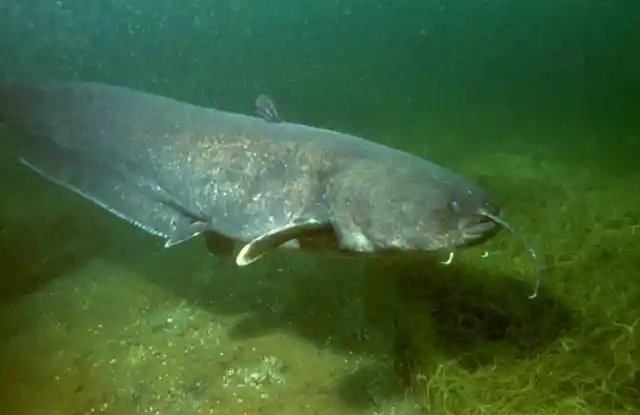
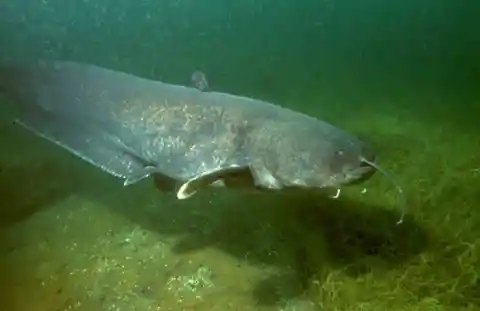
This prompted people to believe that an elephant had escaped and reached the water. However, no such elephant was ever found. It seemed as though all these theories were also inconclusive.
Modern Investigations
In 2013, a zoologist named Jeremy Wade carried out an investigation and televised it. He believed that the monster was a Greenland Shark, which tends to be very large - up to 20 feet long, in fact.
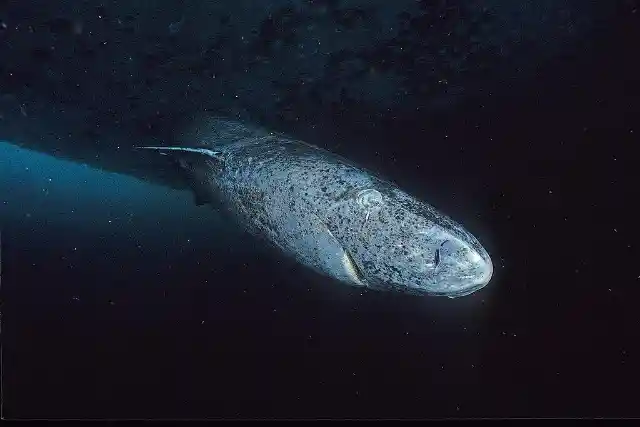
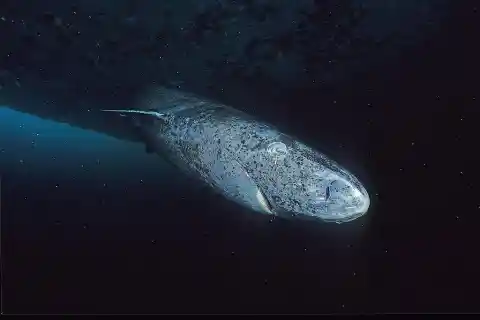
These animals also live for many years, which would explain why people have "seen" the monster so many times through all these years.
More Theories
Most modern theories reject the idea of the monster being real and try to explain the phenomenon by suggesting possible animals that could be confused with the monster.


No greenland shark was ever found in the lake, so that theory has been scrapped. Others believe that the monster is actually a very large Welsh catfish, but it would have to be extremely large for it to be true.
The Dinosaur Theory
The craziest theory yet is that the Loch Ness monster is real, and it is actually a prehistoric dinosaur that somehow survived against all odds.

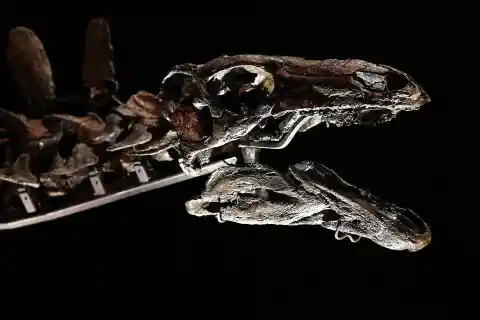
The description of the monster matches that of the plesiosaur, which looks like a water dragon of some sort. No dinosaur is known to have survived the extinction, so this is extremely unlikely.
Skeptics
Skeptics have been around since the very beginning. In fact, a rival newspaper reported, right after the 1933 article was released, that the "monster" was a large piece of log that was floating in the water and people somehow mistook it for a monster rolling around in the water.
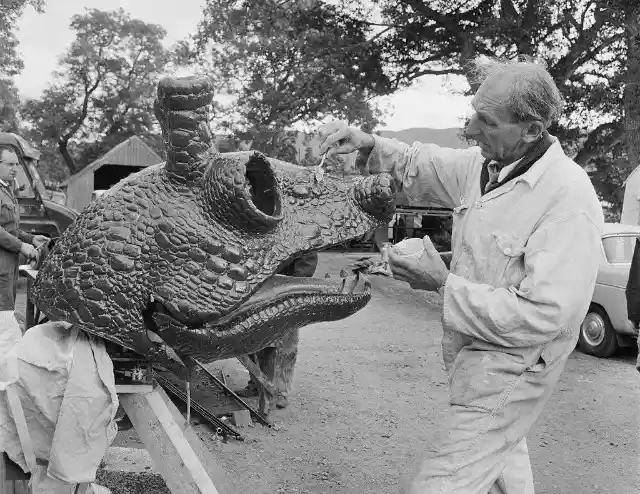
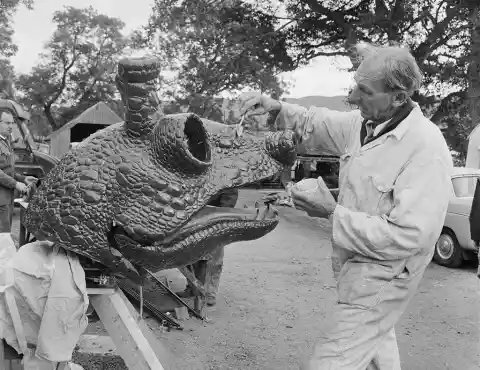
The wind could've also made it seem like it was alive.
Weather Conditions
Many also believe that the weather had a lot to do with these sightings. The Loch Ness runs along the Great Glen fault, which releases gas under the water and thus makes the water ripple in an interesting way.
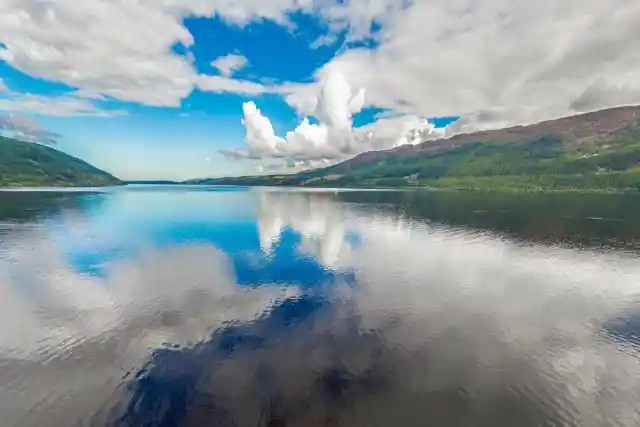

Things floating in it may move aggressively, making it seem like something is thrashing in the water.
A Popular Tale
Despite all the theories, no actual proof of this monster was ever found, and yet, people are fascinated by the story.
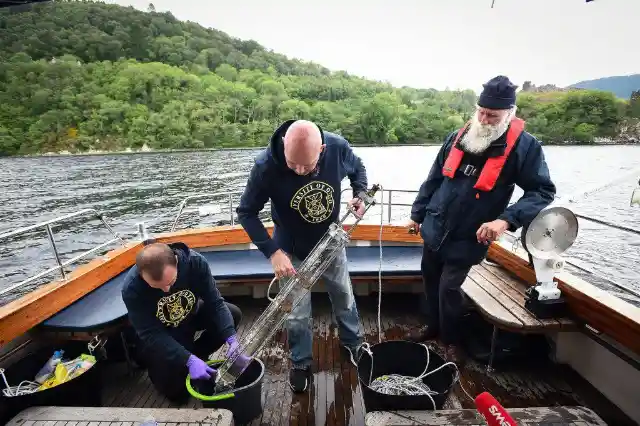
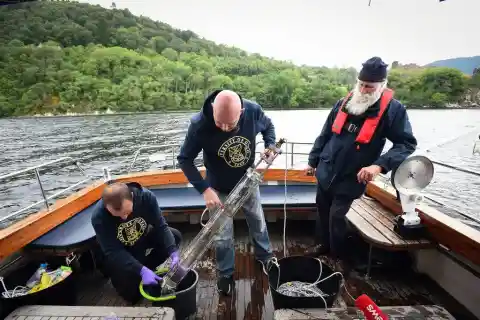
It became increasingly famous over the years, and countless movies and TV shows were made based on this mysterious tale. Even if the monster is not real, it lives in our collective minds.
New Investigations
But people are not giving up on Nessie just yet. In fact, an incredible investigation was done last year by a group of scientists from New Zealand who wanted to discover, once and for all, what this monster was all about.
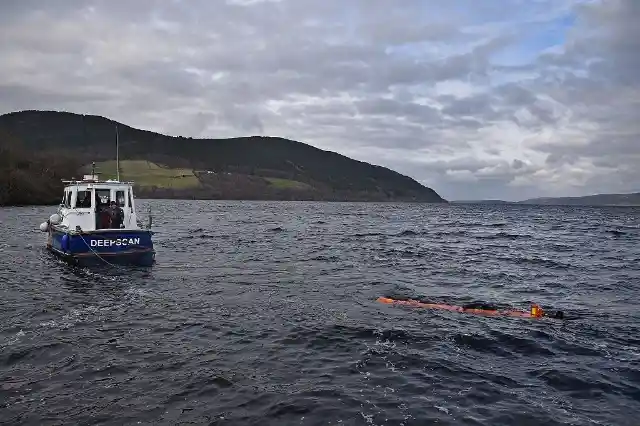
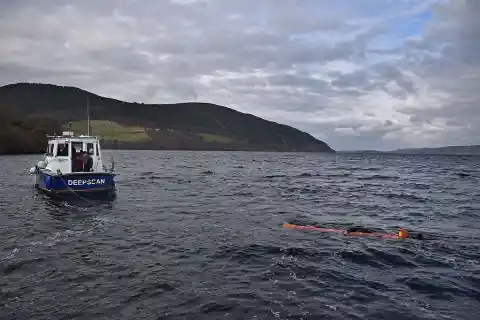
Was it an animal? Was it a dinosaur? Was it all fake? It was time to figure it out.
The Plan
The investigation was directed by Professor Neil Gemmell. His plan was to gather as much DNA from the lake as possible and later analyze it in a lab to see what kind of creatures live in it.
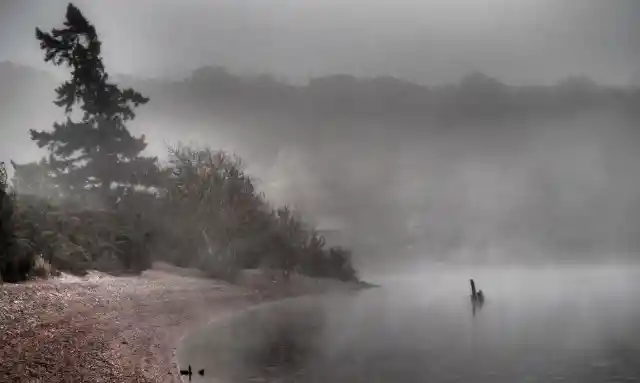
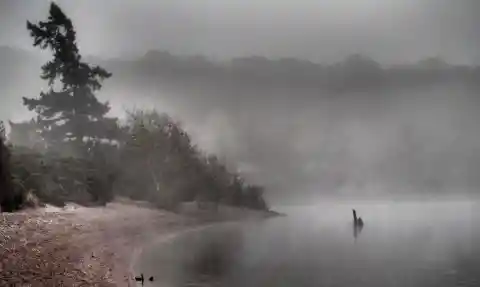
If they were lucky, they could get some DNA from the mysterious Loch Ness Monster.
More Reasons
Even if they didn't find DNA of the monster, the study would reveal a lot of information about the ecosystem of the lake and what kind of animals live in it. Mystery aside, this would be a great step for science.

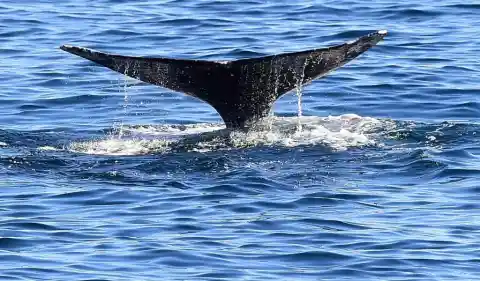
They had plenty of reasons to investigate this lake, so they quickly set everything up to begin their expedition.
How It Works
Any living thing that swims through the lake will leave traces of DNA behind. If the researchers did a thorough search, they could potentially find genetic information of anything that ever lived in the water.
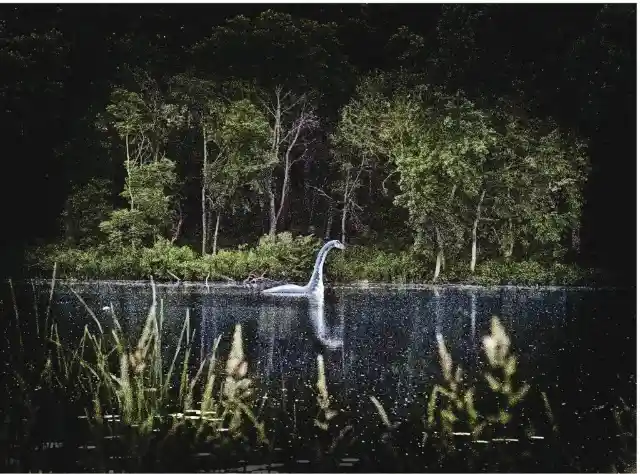
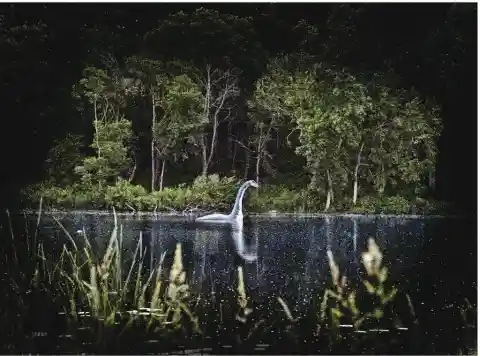
They had to gather samples from several parts of the lake and send them to a lab to be studied.
A New Species
Through this incredible investigation, the team may even discover a new species entirely. Bodies of water are largely unknown to humans and new species are being discovered every day.
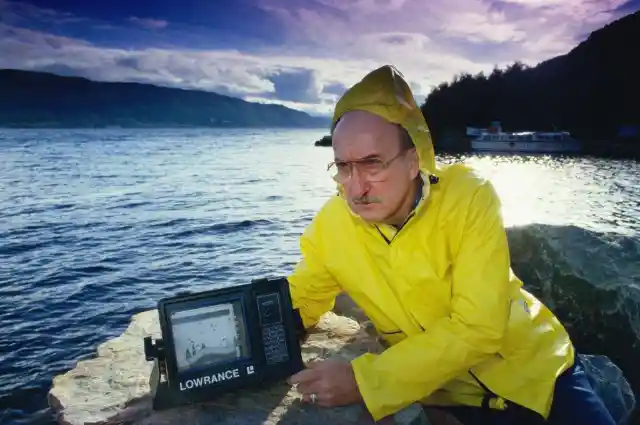
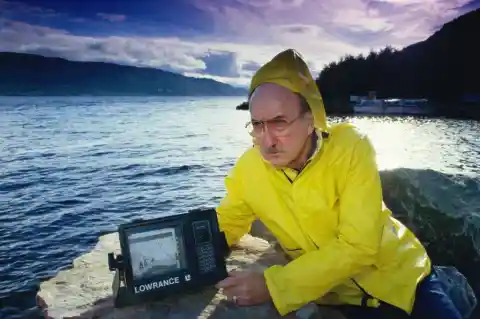
Maybe the reason why people thought Nessie was a monster is because he belonged to an unknown species.
The Search Is Over
After five long weeks of relentless investigating, the team finally finished their project. All the genetic material they found was sent to a lab, and they ended up finding lots of interesting stuff.
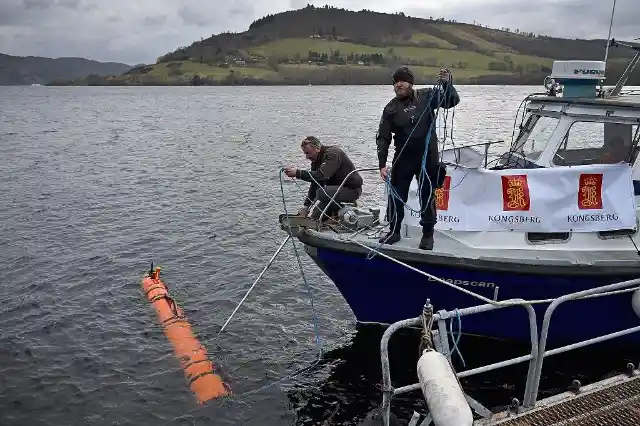
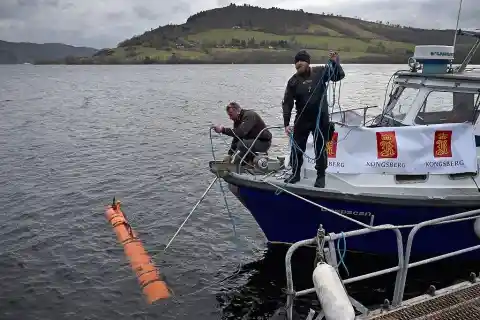
Among all the DNA they found, there was human, pig, and deer DNA, plus a bunch of small sea organisms and fish. And what about the monster?
Bingo
Among all the DNA found, they saw something very interesting that could explain this myth once and for all. The scientists found traces of the DNA of giant eels.
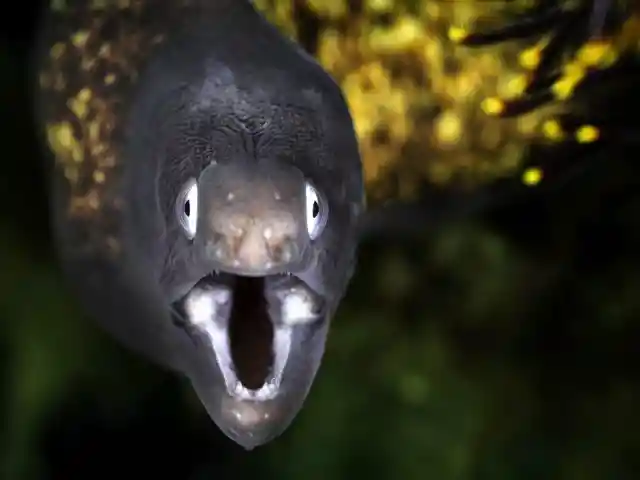
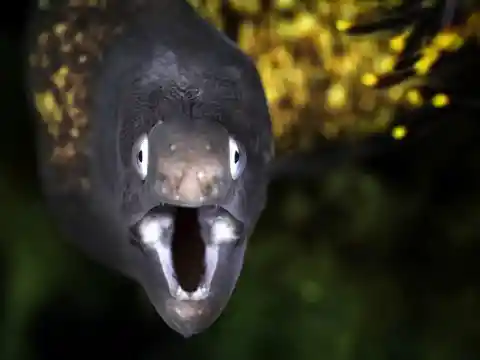
Giant eels are very large and look like a mixture of a snake and a fish. They are not very nice to look at, and one could easily describe them as monsters.
How Big, Though?
Even though they are called "giant" eels, they are not the biggest animal out there. In fact, they usually weigh around 12 pounds.
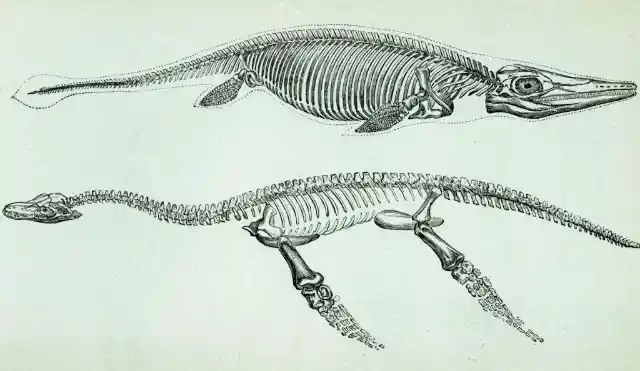
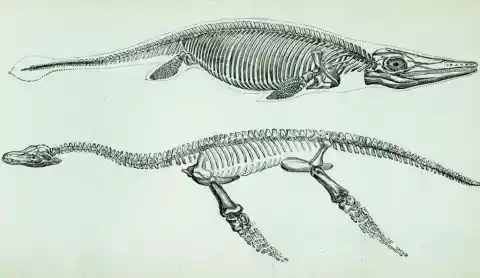
However, seeing them swim around the murky waters of Loch Ness could make them seem bigger and scarier than they actually are, which could explain witness accounts.
The End
Thanks to their investigation, the most recent theory about the mysterious Loch Ness monster was born. Like all theories, of course, this is not confirmed 100%. It could be a giant eel, a dinosaur, a real monster, or just a part of our imagination.


Even if this monster was never real, all the fun things that came about thanks to this legend are sure worth our while.